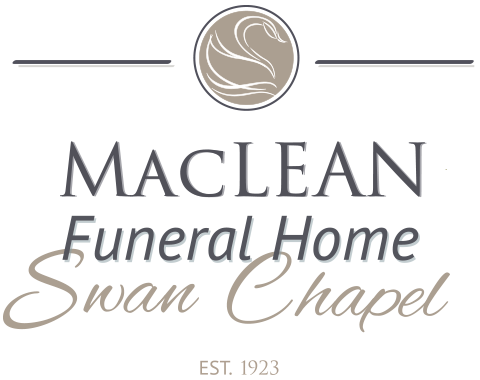Services

The individual or family making arrangements is faced with a number of options. One of the most significant is determining the type of disposition. There are two choices:
- Burial, which is the placement of the deceased’s body in the earth or mausoleum
- Cremation, a process by which the deceased’s body is reduced to ashes through intense heat. The cremated remains can then be interred in the ground, niche wall, scattered or kept at home.
The next significant choice to make is in determining whether or not to hold a visitation and funeral service. The visitation allows the public to pay their respects to the deceased and their family. Some families prefer to have a private visitation in which family members and others are invited to attend.
A funeral service is a ceremony marking the death and celebrating the life that has been lived. A funeral service meets four basic needs: emotional, physical, social and spiritual.
Some individuals opt for a direct disposition, in which the deceased’s body is either buried or cremated without any private or public acknowledgement.
There are a number of other selections that will need to be made including the selection of a casket or urn, the timing of visitation and funeral service, clergy or officiant, music, eulogist, pallbearers and so on.
It is important to honour the life lived with things that are meaningful to the individual – a handmade quilt, painting, golf clubs, gardening gloves, fishing pole and of course, family pictures and mementos.
The funeral directors at MacLean Funeral Home Swan Chapel are here to guide and assist you in making these decisions by offering honest, professional information.
When making arrangements at the time of a death, the following information and items are required:
- Clothing for the deceased (a complete set of clothing including undergarments. No shoes are required.) It is not necessary for men to wear a suit or tie, particularly if this was not part of their regular attire, nor would women require a dress.
- Glasses and jewelry, if worn.
- A list of surviving family members and their partners. Often times a listing of deceased families may be included, particularly siblings.
- The names and location of birth for the deceased’s parents.
- The deceased’s social insurance number is also required. This is required for the funeral director to register the death with the province and to attain a burial/cremation permit.


